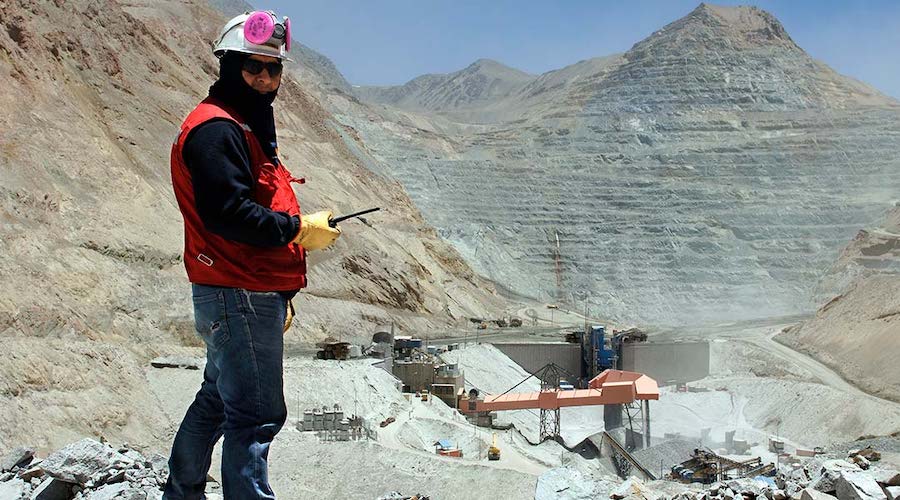
The president of the Union of Supervisors at Minera Los Pelambres -Antofagasta Plc.’s (LON: ANTO) flagship copper mine in central Chile- asked unionized workers to reject the company’s latest contract proposal and vote in favour of a strike action.
Between September 30th and October 1st, 280 workers are expected to cast their vote on Antofagasta’s offer which, according to the union’s leader Waldo Pérez, doesn’t meet their expectations as the miner only approved three of the workers’ 44 demands and plans to raise salaries by half the amount they requested.

“If this proposal is approved, the negotiation process would come to an end and for the next three years, we will have to deal with a collective agreement that doesn’t represent us and that doesn’t value our work,” Pérez said in a video made public over the weekend.
According to the head of the union, the only mechanism Los Pelambres employees have to obtain the benefits they have requested is to vote in favour of a strike.
“As you all know, that’s what we did during our last negotiation and this allowed us to get the benefits of the contract we have today,” he said, referring to a stoppage approved by over 95% of the workers in 2016 and which ended up with Antofagasta accepting most of their demands.
If the new strike action is
“I call on all our members to come to the polls and vote for the strike option,” Pérez said. “Only by doing this, only through this resounding rejection [of the proposal], we will deliver a clear message to the executives of this company so that the value and recognize our input as supervisors.”
A stoppage at Los Pelambres could have serious consequences for Antofagasta as the operation is responsible for about half of the company’s total copper output, which this year is expected to be somewhere between 750,000 and 790,000 tonnes of the red metal.
A halt in activities may also affect expansions plans recently announced by its majority owners, Chile’s Luksic family, who earlier this year secured full funding for the project.
Los Pelambres’ enlargement should add an average 60,000 tonnes per annum of production in the first 15 years of operation, starting with 40,000 tonnes in the second half of 2021 when completion is expected and increasing by an additional 20,000 tonnes towards 2036.